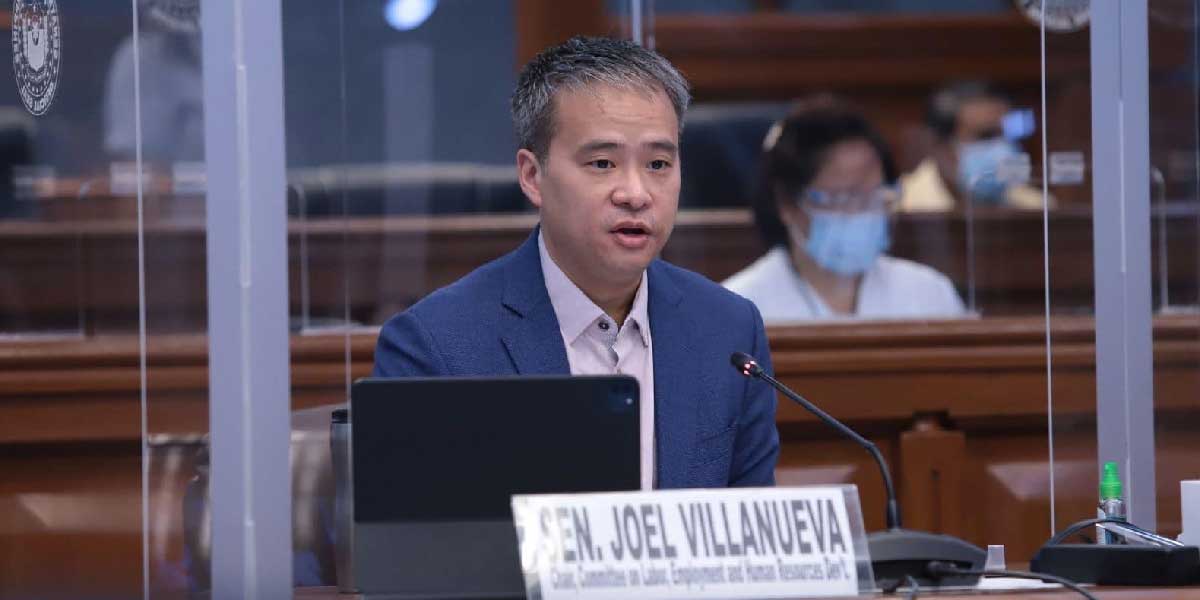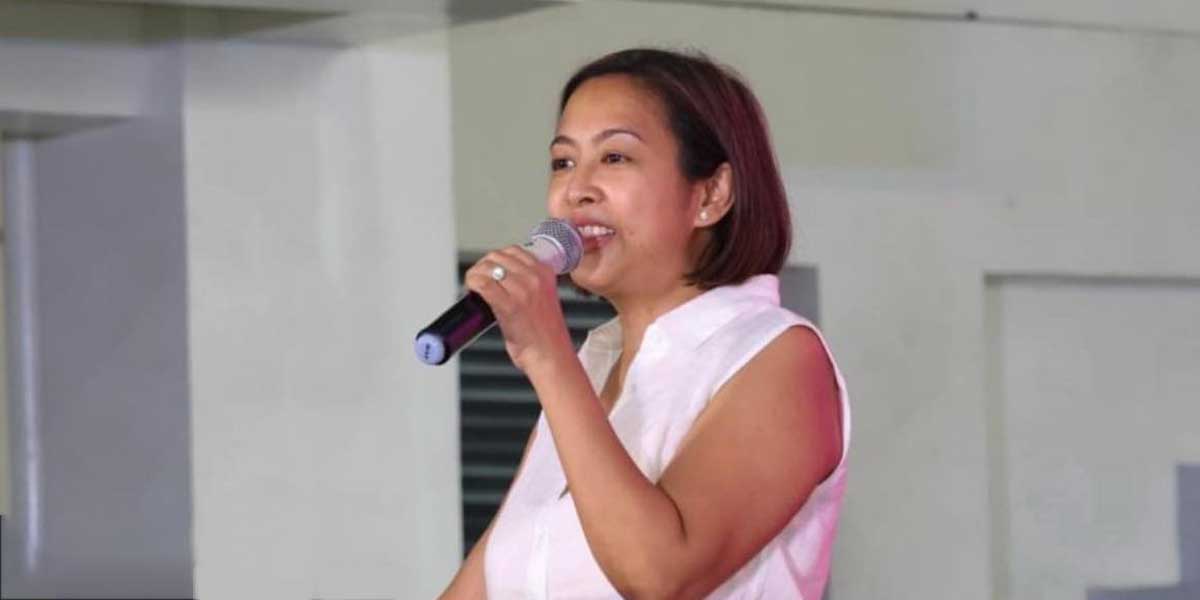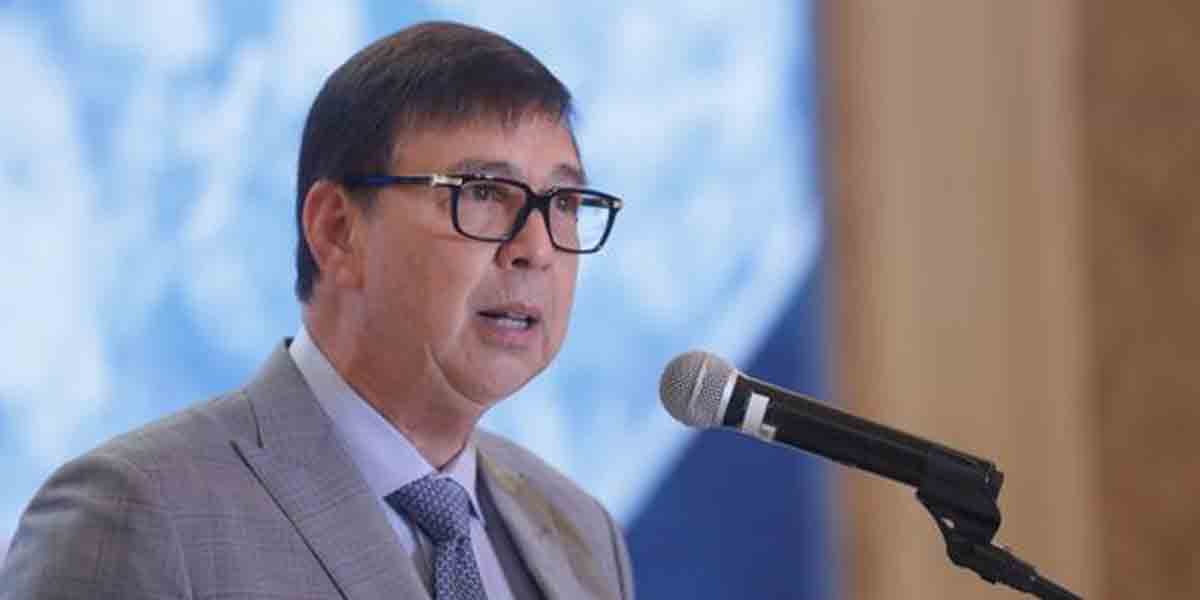
Three months since the COVID-19 vaccination program began, Sen. Joel Villanueva is calling on the Joint Congressional Oversight Committee created by law to assess if the country “is time on target” in its goal to inoculate 70 million Filipinos by year’s end.
It was on March 1 when Philippine General Hospital chief Dr. Gap Legaspi became the first Filipino to legally receive a COVID-19 vaccine in the county.
“June 9 will be the 100th day. It would be better if the oversight committee convenes on that day to review what has been achieved, or not, so far,” Villanueva said.
Under Republic Act No. 11525 or the COVID-19 Vaccination Program Act, the oversight panel will have four members each from the House of Representatives and the Senate.
Villanueva said an assessment by the body legally tasked to conduct it is urgent given “the global production problems, the slow rollout, the surge in many cities,” all of which would affect the government’s rationing of its low level of vaccine stock.
As of May 31, 3,974,350 people have received their first dose, while 1,206,371 people have received their second dose.
The fully vaccinated individuals represent 1.72 percent of the 70 million targeted to be inoculated to achieve herd immunity, Villanueva said.
If the goal covers the entire population of 110 million, the fully vaccinated accounts for 1.1 percent, he added.
“This comes up to an annual vaccination speed that will cover about 5 percent of the entire population,” he said.
“Are we keeping our people safe and protected at this volume and velocity of vaccination?” Villanueva said.
He said hiccups in the vaccination must be ironed out and best practices shared so that more essential workers and economic frontliners can get their jab, a requisite for many of them to return to work.
But as of May 31, only 3,035 individuals under the A4 priority have been fully vaccinated. “It is microscopic, as small as a coronavirus,” Villanueva said.
Villanueva said that the review “must cover the entire vaccination chain, from supply to syringe.”
“On this, do we have enough cold storage facilities? Again, on the issue of supplies, how are the production problems in India affecting us?” he said.
Villanueva noted a steep drop between the volume of projected deliveries and actual deliveries.
For the month of June, news reports quoted officials saying some 3.4 million vaccines will arrive. That number, Villanueva said, is half the 7.8 million earlier projected by the Inter-Agency Task Force on COVID-19.
Villanueva said “a vaccine outlook” is needed so the country can adjust its ground game in case supply will be tight in the coming months.
“There must be a long-term projection. For example, if a third shot, or a booster will be required, how will we respond if production will again be cornered by rich countries?” he said.
Another issue that must be addressed, Villanueva said, is the internal allocation of vaccines.
“We have to assess both the sectoral and geographical rollouts. If it is low and slow, how can we accelerate it?” he said.
“Will it remain focused on the NCR Plus area, or are we sending more vaccines to cities and provinces which are grappling with an outbreak? Are we going to stick to an NCR-centric vaccination or will more provinces get more vaccines?”
He suggested that the panel also review whether the proposed or tentative amount for vaccine purchase in the next year’s budget was enough.
“If we have to prepay the 2022 procurement, is the earmarked funds sufficient? Is the volume enough?” he said.
“Kaya mungkahi po natin na i-convene ang Joint Congressional Oversight Committee for us to know the real score. For us to move forward, we have to look back. Many things can be learned from looking at the rearview mirror,” he said.



















